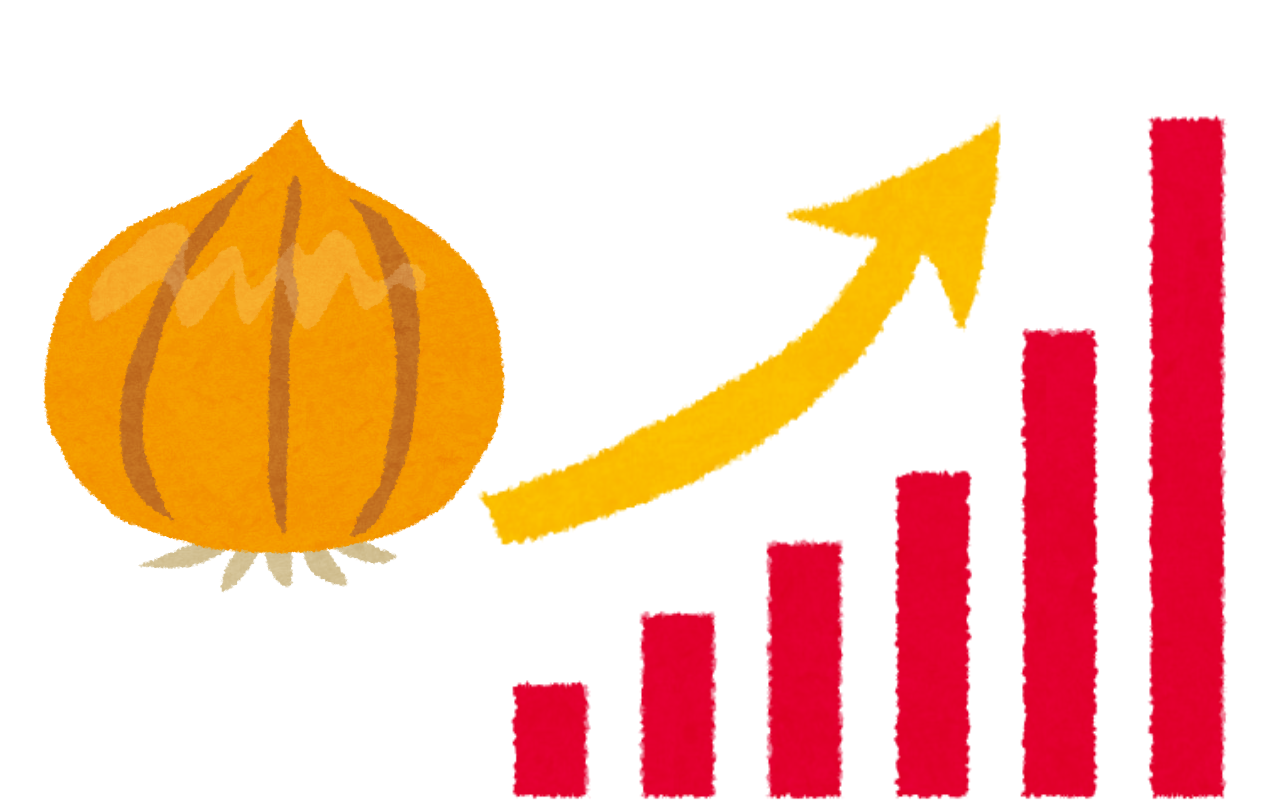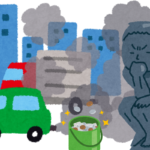
Sugar was in short supply in the Philippines and the price had skyrocketed. The government apparently made a hasty decision to import sugar, but because the decision had not been approved by President Marcos, the chairman of the Sugar Control Board was removed from his post.
This is due to the fact that sugarcane plantations were severely damaged by Typhoon Odette last year, resulting in a drop in production, but it seems that some traders are storing large amounts of sugar in warehouses, taking advantage of the increase in sugar prices due to supply shortages, and authorities are working to uncover them.
Due to the intervention of the Philippine government, the price of sugar, which used to cost 90-110 pesos per kilo in supermarkets, has dropped to 70 pesos.
Nevertheless, the shortage of highly refined sugar used in soft drinks is so severe that Coca-Cola has suspended operations at two of its plants in the country, and Coca-Cola seems to have disappeared from store shelves in some places.
In the Philippines, where it is customary to drink Coca-Cola with meals, the shortage of Coca-Cola may be having a greater impact on people's lives than the shortage of sugar.
Following the sugar shortage, there seems to be a shortage of onions, and it was reported that the price per kilo is now 400 pesos.
In Japanese yen, that would be 960 yen. Incidentally, the price of onions in Japan was 422 yen in July, which is more than twice the price in Japan.
Since the daily wage in rural areas is 400-500 pesos, this means 9,000-10,000 yen in Japanese terms.
The Philippines imports onions from India, China, and the US. India has banned onion exports from 2019 onward due to supply shortages in India, so the price is probably high because of the shortage of imports themselves.
The 400 peso onions that are soaring in price are white onions, while purple onions are the most common in the Philippines, so the impact is limited.
Pizza shops and restaurants are the most affected, and they are considering importing their own onions from overseas.
Nevertheless, gasoline and food prices continue to rise in the Philippines. It is hard to make a living.









